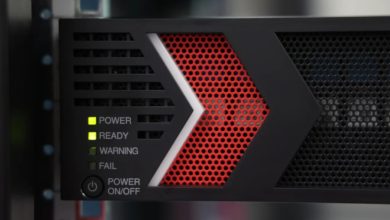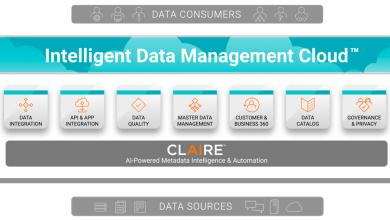
Data has clearly grown into a commodity that will form the basis for our human civilisation’s next technological leap. As data becomes broader and more intricate, it becomes more difficult to process and convey raw data from its source, whether from an organisation’s data centre or the cloud. Moreover, real-time applications that demand low latency, such as autonomous vehicles and multi-camera video analytics, are growing rapidly and will require a continuous stream of information in and out to properly function.
The Fundamentals of Edge Computing
Edge computing, at its core, pushes data processing closer to the data source geographically, reducing latency and bandwidth consumption and leaving the long-distance interconnection between client and server obsolete. What distinguishes edge computing is its decentralised approach to acquiring, analysing, and acting on data faster than centralised systems. Edge computing could reach a split-second response time while relieving network bandwidth pressure by offloading processing and storing the workload closer to where interactions occur.

Issues for the Enterprises
Constant (or at least highly reliable) and fast connectivity, low latencies and total uptime are some of the highest priorities for today’s edge systems, especially those designed to improve worker safety or asset management. For industries that are made up of remote edge locations that often rely on a centralised hub located farther away, such as those in the construction, manufacturing, mining, or oil and gas industries, this would be unsustainable, because outages may, for example, halt productivity in a factory or worse make a work zone dangerous. Edge computing would allow these industries to operate the key pieces of any system locally by enabling local devices to retain their information, interact with one another, and provide critical alerts and notifications.
Following that, the importance of real-time effectively improves operational decision-making as well as customer targeting and personalisation. Beacons could be used to gather client information in a sales environment. As customers walk through the store, edge computing can be utilised to offer them targeted marketing and sales products. Businesses may also deploy operational apps to the edge in addition to improving real-time decision-making.
Improving Edge Deployments With Red Hat Enterprise Linux
Red Hat Enterprise Linux (RHEL) has always been known as an operating system (OS) that delivers a consistent, flexible, and security-focused platform. But not many are aware that it can also be used as the perfect foundation for companies that are ready to make the digital leap to edge computing – enabling faster data delivery and helping drive new innovations for enterprise workloads at the edge.

For one, RHEL’s edge management enables organisations to manage and scale deployments at the edge securely – allowing for zero-touch provisioning, system health visibility, and quick security remediations, all from a single interface.
By using Red Hat Image Builder provided by Red Hat Enterprise Linux, IT teams can also develop custom operating system images that are edge optimised. Meanwhile, to minimise workload interruptions, especially with low bandwidth or limited intermittent connectivity often found at edge locations, OS image updates are staged in the background of every edge device. If an issue is found, the intelligent rollback capability will automatically revert to the most recent good update, avoiding downtime.
Best of all, being the foundation for all of Red Hat’s other software solutions, RHEL also allows organisations to readily improve their edge deployments with even more powerful capabilities such as automation or containerised microservices.
Red Hat is the world’s enterprise open-source leader, and Red Hat Enterprise Linux is recommended for enterprises looking for a consistent and security-focused foundation for their edge environments. Learn more by clicking on the following link.





